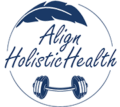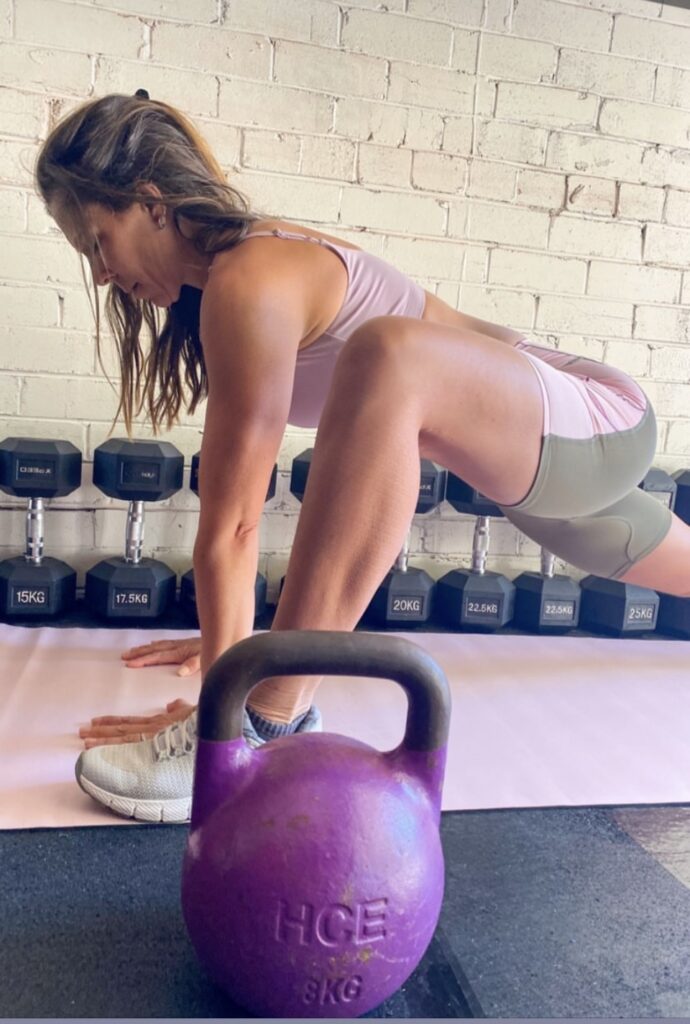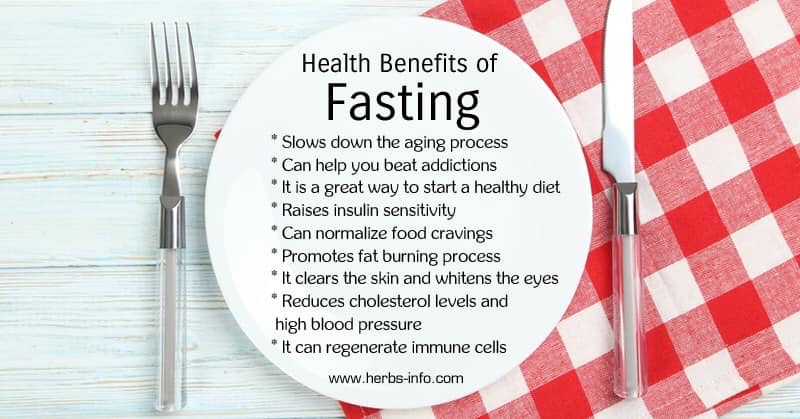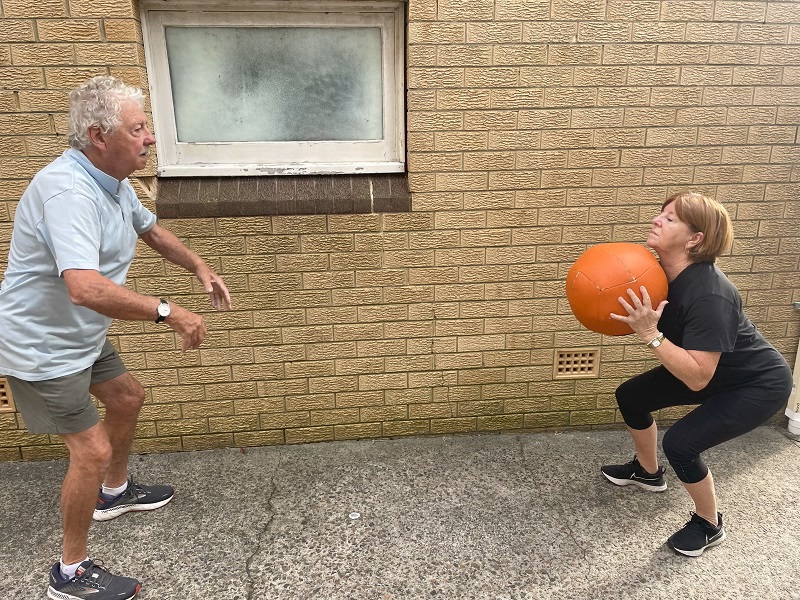8 powerful tips for releasing tight hips
Most people have tight hips which can stem from a sedentary lifestyle, muscular imbalances, emotional stress and unresolved trauma. Tight hips can limit you in day to day activities such as bending over, reaching down or staying seated for longer periods of time.
- Most people have tight hips: If you lead a sedentary lifestyle, have muscular imbalances, or hold emotional stress and unresolved trauma, chances are your hips are tight.
- Stretching the hips can release stored emotions: Emerging research on the mind-body connection suggests that the hips can store difficult emotions, making hip-opening stretches a mental release, too.
- Ease into hip-opening stretches: Start with our beginner stretches to nurture your hip mobility and build a foundation of trust and safety before moving onto more intense moves.
What does it really mean to “open” the hips?
Your hip flexors, aka those muscles right below your hip bones, play an important role in how you move. This muscle group includes the iliopsoas (composed of the psoas major and iliacus muscles), the rectus femoris (part of the quadriceps), and the sartorius. By lifting the knees and bending the waist, our hips make it possible for us to walk, run, and stand from a seated position.
Because the hip flexors play such a (quite literal) central role in movement, when they become tight or weakened, other parts of the body can get restricted.
Tight or weak hip flexors can lead to a few ailments such as sore, tight and sore lower back. Nearly all of my clients have re-occuring lower back pain. In addition to lower back pain and posture issues, tight hips can limit lower body movement.
“Opening the hips” is a way to enhance hip muscle flexibility and strength—both of which are essential to movement. In order to support opening up your hips, I have listed 8 great points how to do so.
Addressing hip tightness and immobility isn’t just about physical comfort; it can also be a way to release stuck emotions. The hips are related to the root chakra of your body which stands for safety, stability and security. Don’t be surprised when you have an emotional outburst when working on your hip flexors. The hip muscles, particularly the psoas muscle, are notorious for harbouring emotional stress. The psoas muscle is also the primary muscle involved when the sympathtic nervous system (fight or flight response) is activated. When we consciously release and relax our psoas, it sends a powerful signal to our nervous system that we are safe, free from danger and we can relax.

Tight hips can be uncomfortable and limit your mobility. Here are a 8 powerful tips for releasing tight hips and alleviate discomfort.
- Stretching: Incorporate hip stretches into your daily routine. Please check out this link for more info.
- Foam Rolling: Roll out your hips with a foam roller to release tension and improve flexibility.
- Yoga: Practicing yoga can help increase hip mobility and flexibility. Poses like downward dog, warrior poses, and lunges are particularly beneficial.
- Massage Therapy: Getting regular massages focused on the hips can help relieve tightness and improve circulation.
- Strengthening Exercises: Strengthening the muscles around the hips can help support them better and reduce tightness. Exercises like squats, lunges, and clamshells can be helpful.
- Stay Active: Avoid sitting for prolonged periods and incorporate regular movement into your day to prevent stiffness.
- Heat Therapy: Applying heat to your hips before stretching can help loosen the muscles. You can use a heating pad or take a warm bath.
- Consult a Professional: If your hip tightness persists despite home remedies, consider consulting a physical therapist or a healthcare professional for personalised advice and treatment.
Remember to listen to your body and avoid pushing yourself too hard, especially if you’re feeling pain. It’s essential to find a balance between stretching and strengthening to maintain healthy hip mobility.
If you are a runner, it is so important to warm up and stretch your hip flexor as well as activate your glutes. Whilst running, focus on using your glutes instead of running from your hip flexors. A good hip flexor stretch is crucial after a run to avoid imbalance and soreness.



